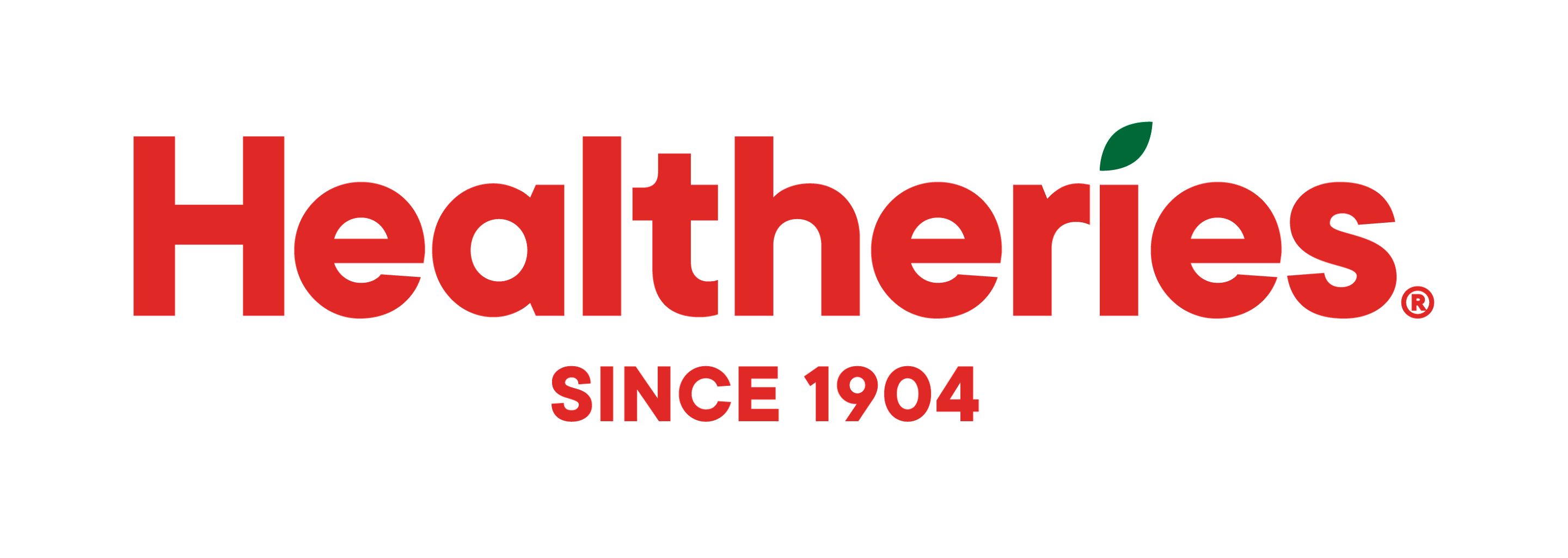Are your teenagers eating you out of house and home? Are they always hungry? Want to know how to fill them up with nutritious foods? Then keep reading, as the answer lies within!
Why teenagers need to eat right
The teenage years are a time of swift physical, social and behavioural change. The right foods are vital to ensure that teenagers get all the nutrients they need for optimal growth and health. That’s something every teenager wants for themselves too!
Recent research has shown that health during adolescence affects health during adulthood. That means that the healthier a person is during their younger years, the healthier they are likely to be as an adult. A good incentive to start healthy habits early!
Recommended daily food intake for teenagers
Teenagers need to fill up on nutritious foods that provide their bodies with some goodness. Otherwise, they will tend fill up on high-fat snacks and take-aways that provide their bodies with little or no nutrients.
NZ Ministry of Health recommends that each day, teenagers should eat₁.
- 5+ servings of fruit and vegetables (1 serving = 1 handful fruit or veg)
- 6+ servings of bread and cereal foods (1 serving = 1 slice bread, 1 cup cereal, 1 cup cooked rice/pasta, 1 roll)
- 3+ servings of milk & milk products (1 serving = 1 glass milk, 1 pottle yoghurt, 2 slices cheese)
- 2+ servings of lean meat, poultry, seafood, eggs, nuts, seeds (1 serving = 1 slice cooked meat, 2 chicken drumsticks, 1 piece fish, ¾ cup cooked mince, 1 egg, ¾ cup cooked beans or lentils, ½ cup nuts or seeds)
What does a typical day of healthy eating look like?
What does a typical day of healthy eating look like?
Want to see what those recommendations might look like in practice? Here is a guide to what teenagers should eat over a typical day, with possible examples of each meal below.
- A healthy breakfast before school
- A healthy lunch
- A healthy dinner
- 2-3 snacks in between meals
Healthy breakfast example
- Bowl of porridge/cereal + banana + reduced-fat milk
- 1-2 slices wholegrain toast with peanut butter
More meal examples
Healthy lunch example
- 2 wholegrain sandwiches filled with avocado + Edam cheese + salad
- Apple
- Yoghurt
Healthy dinner example
- Beef + vegetable stir-fry with rice
- Custard + stewed fruit
Snacks (choose 2-3 each day):
- Fruit bun/loaf
- Small can of creamed rice
- Yoghurt
- Handful unsalted nuts/dried fruit
- Bowl of cereal + milk
- 1-2 pieces of wholegrain toast + spread
- 1-2 pieces of fruit toast + jam
- Boiled egg
- Bran & fruit muffin
- Glass of reduced-fat milk
- Grainy crackers + cheese
- 2 plain biscuits (e.g. super wines)
- Fresh or canned fruit in juice
Teenagers who are older or really active and sporty will need more breads and cereals throughout the day to meet their energy needs. They can also eat more foods such as fruit toast and creamed rice as snacks.
What about drinks?
Water and low-fat milk are the best drink choices for teenagers. Water keeps them well hydrated while milk is a rich source of calcium and protein for strong bones. Encourage your teenager to take a water bottle with them to school every day, and offer reduced-fat milk with meals or as a snack.
Energy drinks and soft drinks are high in sugar and energy, so they should not be consumed every day. Try to limit juice, as it is also high in sugar. One glass of juice could count towards one fruit serving for the day, but it’s still not as good as eating the fruit itself! If your teenage likes tea or coffee, that’s fine, but limit them to 2 cups per day.
Have a look at our recipe section for a range of nutritious meal and snack ideas that will make you and your teenager happy!
(1) Ministry of Health. Eating for Healthy Children Aged 2 to 12. 2002. Wellington, New Zealand.
